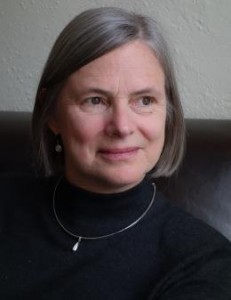Dr. Carol Lynne Krumhansl, 4:00pm May 16th, 2017
Co-Sponsored with the Northwestern University Music Theory and Cognition Colloquium Series
Psychology Department, Cornell University
Tuesday, May 16th
Swift 107
4:00pm
Reception to Follow

Isomorphisms between pitch and time in music
Many parallels exist between how pitch and time are structured in music, including breaking up the continua into discrete steps, selecting intervals with small ratios, and establishing tonal and metrical hierarchies. I will present a series of experiments investigating whether pitch and time interact perceptually. They build on the parallel between the diatonic scale and the African standard pattern, both of which have the intervals 2 2 1 2 2 2 1. Surface isomorphisms, in which larger pitch intervals in the scales coincided with longer durations in the rhythms, did not influence listeners’ judgments of how well the rhythm fit the scale. However, listeners preferred cases in which tonally strong pitch events occurred at points of rhythmic stress. To assess the latter, a method for probing rhythmic stress was developed. These probe results will be discussed in light of theoretical and perceptual properties of rhythms, and suggest a novel parallel between tonal and rhythmic hierarchies.
Carol Lynne Krumhansl is Professor of Psychology and a member of the graduate fields of Music and Cognitive Science at Cornell University. The studies on tonality and harmony reported in Cognitive Foundations of Musical Pitch helped establish the psychological reality of these music-theoretic concepts. Other interests include rhythm and meter, perception of time, timbre, emotional responses, and multi-modal experiences of music. Recent research has used popular music to study memory representations and associated autobiographical memories. She is past-president of SMPC and recipient of the SMPC Achievement Award and Fulbright and Guggenheim fellowships. Krumhansl is fellow of the Association for Psychological Science, the Society of Experimental Psychologists, and the American Academy of Arts & Sciences.
